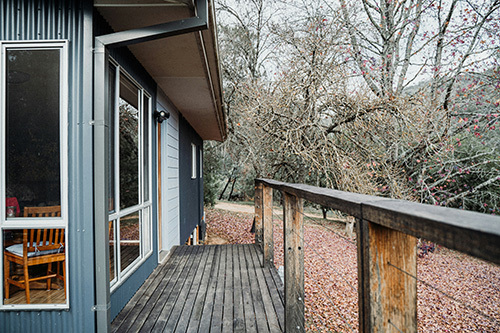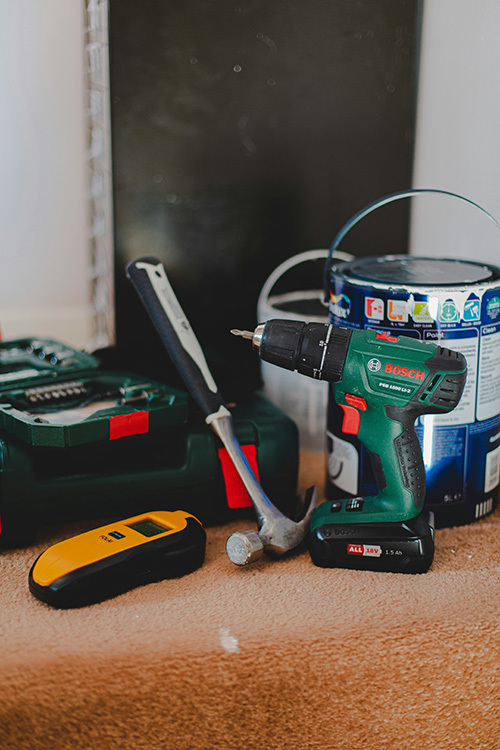Timber vs. Steel: Choosing the Right Building Material for Your Project
Release time:
13 Jan,2025
When it comes to building homes or structures, the first faced decision is selecting the right material for the framing. Understanding the key differences between these materials—such as cost, durability, versatility, and noise levels—can help you make an informed decision that best suits your needs.
When it comes to building homes or structures, one of the most critical decisions you'll face is selecting the right material for the framing. Two of the most common options are timber framing and steel framing, each with its own set of advantages and challenges. Understanding the key differences between these materials—such as cost, durability, versatility, and noise levels—can help you make an informed decision that best suits your needs.
In this blog, we discuss theadvantages and limitations between timber and steel framing, as well as how THE Buildhub can simplify your procurement process with high-quality, cost-effective solutions.
Cost Considerations
• Timber Framing: One of the primary advantages of timber framing is its lower initial cost. Timber is generally cheaper than steel, making it an attractive option for those on a budget. Additionally, timber framing tends to be simpler to work with, reducing labor costs. However, the cost of timber can fluctuate significantly based on market conditions, particularly in regions like Australia where timber prices can vary greatly. Ongoing maintenance is another consideration: timber requires treatments for pest control, moisture resistance, and potential rot, all of which can add to the total cost over time.
• Steel Framing: Steel framing typically has a higher upfront cost, mainly due to the price of the material and the specialized tools required for construction. However, long-term cost savings often outweigh the initial investment. Steel is highly durable and requires little maintenance, so you won’t need to budget for frequent repairs or replacements. Moreover, steel prices are more stable than timber, providing greater price transparency and predictability over time.
Durability and Maintenance
• Timber Framing: Timber is more vulnerable to moisture, pests, and the passage of time. It can swell, shrink, or warp, especially when exposed to humid or fluctuating climates. That said, timber framing can last well over 100 years if properly maintained. Regular inspections and treatments (such as for termites and mold prevention) are essential to ensure its longevity. Over time, timber can also become stronger as it matures.
• Steel Framing: Steel has a significantly longer lifespan than timber. It’s resistant to the issues timber faces, such as rotting, warping, and pest infestations. However, steel can be prone to rust, particularly in damp environments, which can compromise its structural integrity. With proper corrosion-resistant coatings and regular maintenance, steel framing can endure for many decades with minimal upkeep.
Versatility and Design Flexibility
• Timber Framing: Timber is easier to cut, shape, and adjust than steel, offering greater flexibility in design. It is ideal for projects that require quick adjustments or creative changes to the structure. Additionally, timber is easier to work with for remodeling and renovations, making it a popular choice for homeowners looking to modify their space over time.
• Steel Framing: Steel, once installed, offers exceptional strength but is less flexible in terms of modifications. Large-scale changes to the structure can be difficult and costly. While steel provides superior structural stability, it may limit certain design innovations that require frequent adjustments or flexibility in the framing.
Noise Levels and Comfort
• Timber Framing: One of the inherent benefits of timber framing is its natural ability to dampen sound. Timber provides excellent sound insulation, helping to reduce noise between rooms and from external sources. Additionally, during extreme weather conditions like strong winds, timber tends to be quieter and less prone to producing creaky or squeaky noises.
• Steel Framing: Steel framing does not produce the same squeaks and creaks that timber does under pressure. However, steel can transmit sound more efficiently, which might lead to more noticeable noise inside the structure—especially during temperature fluctuations or extreme weather. The expansion and contraction of steel can also cause some additional noise, although it’s typically less significant than the sound generated by timber.
The Advantages of Steel Frame Construction
While both materials have their strengths, steel framing offers several additional benefits that can make it the better choice for certain projects:
• Seismic Resistance: Steel framing is highly effective at withstanding earthquakes. The lightweight yet sturdy nature of steel structures makes them resilient against seismic forces, which is crucial in areas prone to high seismic activity.
• Wind Resistance: Steel is incredibly strong and rigid, making it an ideal choice for high-wind regions. Steel buildings are designed to endure extreme weather, including hurricane-force winds, without significant damage.
• Energy Efficiency: Steel-frame buildings, when combined with energy-efficient insulation materials, offer superior thermal performance. The materials used in steel framing contribute to lower energy consumption, offering better insulation against heat and cold.
• Eco-Friendly: Steel is a 100% recyclable material, making it a more sustainable choice for those concerned with environmental impact. Additionally, steel framing reduces waste in construction due to the precision of its prefabrication process, making it an eco-friendly option in terms of construction waste.
Why Choose THE BuildhubforFraming?
At THE Buildhub, we understand the importance of reliable, high-quality building materials. That’s why we offer a comprehensive range of Framingto suit every construction need. Here’s why you should source your materials from us:
1. Diverse Product Selection: FromLVL Construction FormworktoLight Steel Stud with EN, AISI, we stock a variety of options for every project.
2. Uncompromising Quality: We partner with trusted manufacturers to ensure that our products meet industry standards.
3. Competitive Pricing: Benefit from discounts and special deals, especially on bulk purchases.
4. Expert Guidance: Not sure which wall insulation system suits your project? Our team of professionals is here to provide tailored recommendations.
5. Convenient Delivery: We guarantee timely delivery of materials, ensuring your project stays on schedule.
Whether you’re a builder, contractor, or architect, THE Buildhub makes sourcing building boards effortless and efficient.
Conclusion
Both timber framing and steel framing have their distinct advantages and limitations. Timber framing is more affordable upfront, easier to work with, and offers a warmer aesthetic, making it a popular choice for residential projects. However, it does require ongoing maintenance and is more vulnerable to environmental factors.
Steel framing, on the other hand, provides superior durability, low maintenance, and excellent resistance to natural elements like earthquakes and strong winds. While it may come with a higher initial cost, its long-term benefits—including energy efficiency, environmental sustainability, and resilience—make it a worthwhile investment for certain projects.
Ultimately, the decision comes down to your project’s specific needs, your budget, and the environment in which the structure will be built. Consider all factors carefully to ensure you choose the best material for your construction project.
At THE Buildhub, we provide a one-stop solution for all your building material needs, including top-qualityFraming. Visit our website or contact us today to explore our extensive product range and experience the convenience of working with a trusted supplier.





